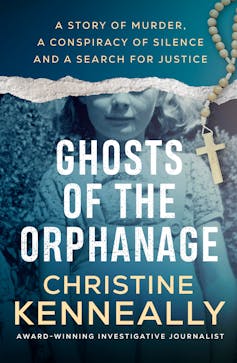delving into past child welfare practices that haunt the present
- Written by Shurlee Swain, Professor of Humanities, Australian Catholic University

Recent publicity[1] about the continuing abuse of children in out-of-home care may be a source of shame for Australians, but it does not come as a surprise.
A series of inquiries at both state and Commonwealth level over the last quarter century exposed such “care” as inherently abusive. The inquiries[2] also detailed[3] the lengths to which the governing institutions were prepared to go to deny this reality.
Review: Ghosts of the Orphanage – Christine Kenneally (Hachette); Crazy Bastard – Abraham Maddison (Wakefield Press)
The United States has resisted the “age of inquiry” that has swept across much of the western world, leaving former orphanage residents to pursue their cases through the courts as individuals.
It is this struggle that forms the core of journalist Christine Kenneally’s latest book, Ghosts of the Orphanage[4]. Her focus is on St Joseph’s Orphanage in Burlington, Vermont, where generations of children were under the control of untrained and often cruel nuns, and a series of paedophilic priests.

















